What does your curriculum map look like? Do you teach letters with a letter of the week? Do you use a certain program like Saxon, Orton Gillingham, Recipe for Reading, or anything else? Or do you teach a letter of the day?
Does the Letter Order Matter?
We know that studies have shown that students NEED letter exposure to master letters and their sounds. We also know that our little learners NEED to be exposed to these letters and sound sooner than later. Yet, we plan our scope and sequence based on a curriculum map or set the program to follow.
You can check out my scope and sequence here.
First, We Have to Know Our Students Need
BEFORE we even meet our phonics students, we have to assess their needs. I don’t know about you, but no two years in Kindergarten have ever been the same! What if our learners are not even ready to start talking about letters in August? What if they need a better foundation in phonemic awareness? {It happens… you know it does as the leader in the classroom.} Or what if your class is really high and they know most of their letters?
What if you assess your students and discover that all of them know the letter X {I picked that one since most of my students do already know that letter} yet no one knows Q?
The Big Questions Teachers Ask
There are some basic questions most teachers ask regarding Letter Order. Shouldn’t we start with that ONE letter EVERYONE needs? At my school, we still start with the letter Ll regardless.
Does that make me a bad teacher? No.
Does that make things REAL? Yes. Let me tell you why. The administration wants plans. They also want us to change those plans based on our students. The administration wants all the K teachers in our school and county to be similar in letter order. Additionally, I think of those teachers who are new to Kindergarten and what they need to make them successful in their first year of Kindergarten. Having a plan of action would be helpful to them.
They also want us to meet ALL the needs of our students even though all of our students are not equal. We have students who have never set foot in a classroom or away from their parents to those students who are gifted and mastered their sounds years ago.
Originals Not Copies
And this is a BEAUTIFUL thing. A variety of students is a gift from God. But it is also a challenge, in a great way. We don’t want 22 copies. We want 22 originals.
The administration wants teachers to meet students’ needs and ensure the success of our students. They also want our students to find success in the world of data and test scores. And let’s not leave our parents out. This means they want a set letter order with a plan to teach it.
They want to trust us to educate their student, their pride and joy, and THEIR baby to the best of our abilities. They want to let their baby learn while having fun too. They want their child to be a success and to find joy while on the journey.
The big question is… How do I do it all? How do we plan ahead yet meet all our students’ needs with letters and sounds? Is one system or letter order better than the others? My answer is to let’s provide all our students with activities that are FUN.
YOU are the answer. Not a letter of the day or letter of the week. YOU making learning fun will be victorious every single time! Let me give you the ABCs to letter order learning success and some visuals to show you how to make it FUN.
Always Engage the Learners
In August that means start easy. Your student has almost no attention span and most have no concept of working with paper and pencil. This activity is an example of a great way to start with letter identification.
This activity allows the learners to find and color the letter they are working on. Do you see how the sheet actually makes a W?
The hidden “W” is just an added bonus for those visual learners to see who has a little more higher-order thinking skills. You can tell quickly who can see the letters W from the letters M using this activity.
If you need to help a student recognize this letter, you know quickly. And don’t just do this with the capital letters.
In Kindergarten, we focus on lowercase letters too! Here we are finding the lowercase j. I never make the mistake of assuming because my students identified the letter Jj in isolation two months ago that they still remember it and therefore can identify it now.
I always give my students this activity. My higher students never mind completing it either. And some of those students… are the ones that go so fast… that they make mistakes. Don’t be scared to lower the learning to provide a great foundation. It never hurts to MAKE sure you are building knowledge on concrete versus sand.
Build instruction with FUN engaging,
Build instruction with fun engaging, and developmentally appropriate activities that make your students
WANT TO PRACTICE skills they might think they understand fully. This is more important than a letter order. Once your students can FIND the right letter, they need to practice making the letter with a letter formation mat behind it.
Here we are practicing using gel bags. {Here is a link to read how to make gel bags yourself.} We also use this Start Handwriting Paper to help guide formation. If my students are not ready for writing on paper, we use the gel bags to build that muscle memory.
Formation is the goal, not writing in a certain format That will come with age, maturity, and practice. When we are ready, we use handwriting papers to guide our formation.
Can you mix and match these ideas to meet your student’s needs? YES! Not all of your students should be doing the EXACT same thing. They are unique and need differences to help their different brains.
I also teach my students to play Tic Tac Toe as we work on the letter Xx. Two birds, one stone and it makes formation practice for X and O a little more fun!
Chart and chart often.
This was a great tip a veteran teacher gave me! I love to make phonics charts because I can work with every learner, every level, and every skill! Here is a chart we could use to go with the letter Cc.
I have a student copy as well as picture cards ready. This is the first letter we chart in my classroom
so I like to over-prepare rather than under-prepare. We complete the chart on Fridays whole group. Some of my students think of words that start with the letter Cc, help me sound them out, and copy how I write them on the board with me.
Other learners draw pictures instead of words.
Is that okay? The point of the learning activity is to work on sounds foremost so that was the most important aspect of the lesson. So YES! This was where this student was. They were learning WITH us on THEIR level. The goal isn’t worksheet completion. The goal is an evolution of knowledge.
If we know the initial sound, we can work on sound blends like fr instead of f. Here is a student copy and cards…
And here is the modeling example I complete with the class in the front of the room.
Or we can chart by writing the room like with these Letter Zz charts. This student used the room to write.
This student used a Letter Zz book like the Zz AlphaTales Reader. Or we can have several groups working on the chart in a variety of these ways all at the same time. And when we are working on the chart, we are sounding out words, breaking words into syllables, and talking about TONS of great sound and work-building skills. Don’t confuse regurgitation with knowledge. A student can sing the ABCs but not actually identify each letter.
Some students KNOW those uppercase letters but struggle with baby letters. Singing the ABCs and ordering ABC cards is a great skill to do often.
Here is a pocket chart example that I do DAILY {or often} until around January. To add additional skills and difficulty, you can also cut these cards in half and match the uppercase letters to the lowercase letters to make it harder when my students are ready. Hit those sounds HARD HARD HARD.
Here we are sorting initial sounds using yogurts and spoons.
I take away the pieces that my whole class has mastered with 100% accuracy. I also rotate those sounds back in use as needed. So does my class have to sort 26 initial letters and sounds each week? Not every week.
Here is an example of a sorting mat for an /f/ firefighter or /v/ vet. These two sounds can be very confusing. Why not take time to address this sound confusion while learning about the sound.
We also practice using worksheets like this Jj Words Cut and Sort, which is part of this bundle. These are great to use work on cutting, gluing, and vocabulary as well.
This initial sound sheet is where we check the box of the matching sound.
I like to use these sheets to focus JUST on sounds, especially those tricky sounds for sound confusion. I also love to build confidence with MATCHING sorting mats and sound sheets.
That way we can work on one together and then practice with the other. But don’t think you just sort initial sounds. Here is a sorting mat with middle vowel sounds /a/ and /o/ instead of initial sounds. Which is part of this bundle.
Why not sort sounds in a hands-on way?
I am using my sensory table for sound sorting! This sensory table is for the letter Gg! Which is part of this bundle. And these igloos are great sorters for middle vowel sounds I and A. Which is part of this bundle.
We can sort with one student and one mat, but we can also sort in small groups.
We go over sounds again and again. We have to make sounds more natural than letter recognition. Especially those vowels.
And don’t STOP going over them just because that letter of the day or letter of the week time is over. Keep cycling in those sounds. BUILD words using those sounds. For the letter Y and /y/ sound we make egg yolks into words like “log” or “bow.”
When we cover our pet’s unit, we make CVC words with bones.
Since my students know X almost every year, when we cover the letter Xx, we also build words with the letter Xx, which is part of this bundle.
Teach what you have to when you have to who you have to but don’t limit yourself to teaching JUST that. Just because you are working on a certain letter doesn’t mean you can’t add a phonetic concept to that lesson too! Here we are learning about the letter Zz, which is part of this bundle.
We needed to work on handwriting, but not the sound.
So for phonics, I made sure to work on long vowels MORE. Here is a Zz letter phonics sheet I created.
Don’t forget to go back to basics as needed. What does that mean? Whenever I teach a letter that hangs low, I review all the letter formations for those letters that hang low. I tap into their prior knowledge, help them to connect the formation based on other letters, and also help their brains to see the difference in those letters.
HOW do I do it all?
Remember, YOU are the answer. YOU CAN MAKE LEARNING FUN. YOU WILL BE VICTORIOUS EVERY SINGLE TIME. If you need support making letters FUN, Here are links to my Letter Packs,
-
Phonics Printables$3.00
-
Sound Cut & Sorts$3.00
-
Product on saleLetter BIG Bundle$100.00
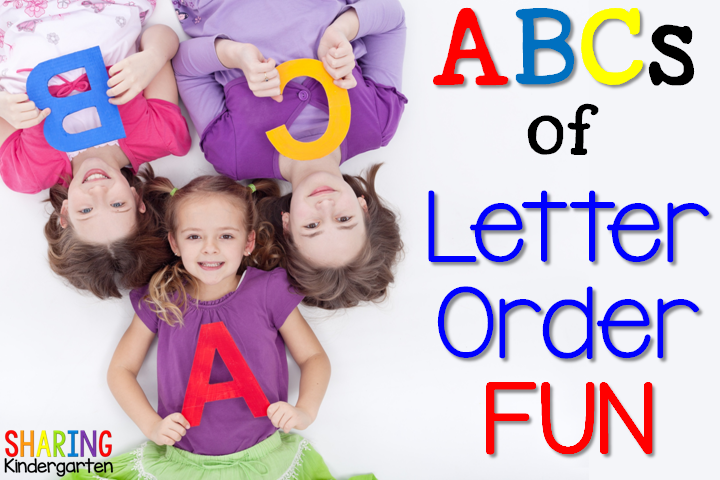
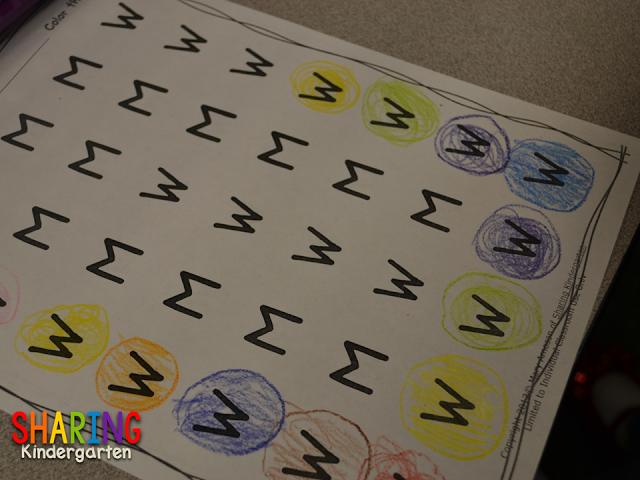
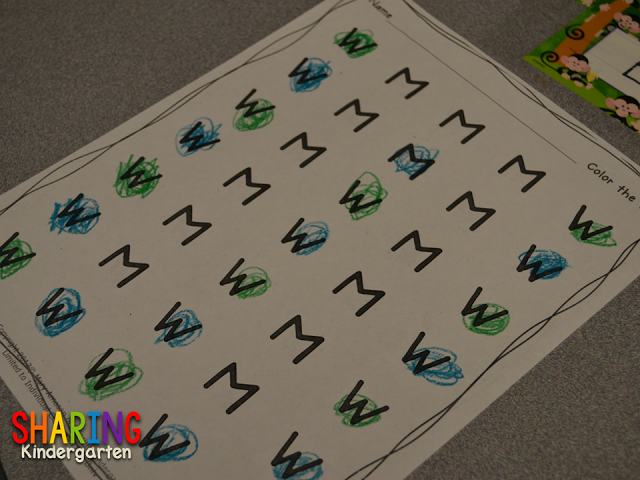
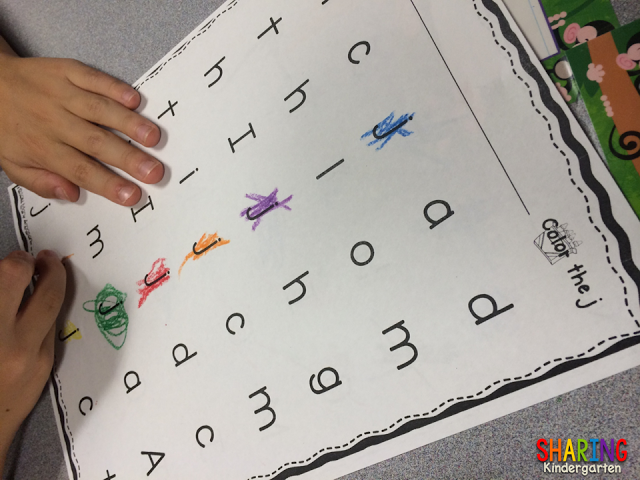
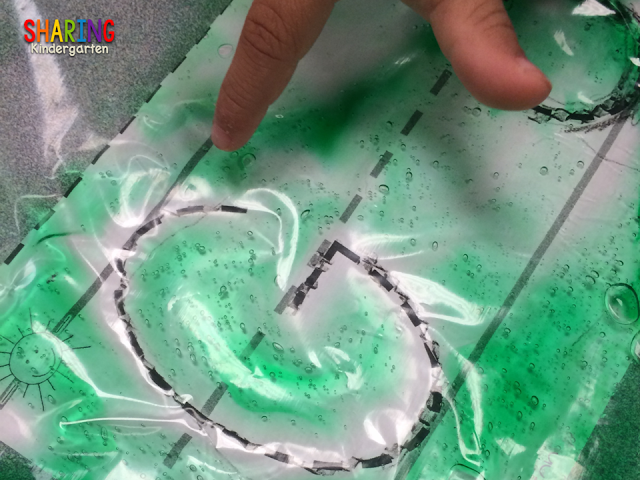
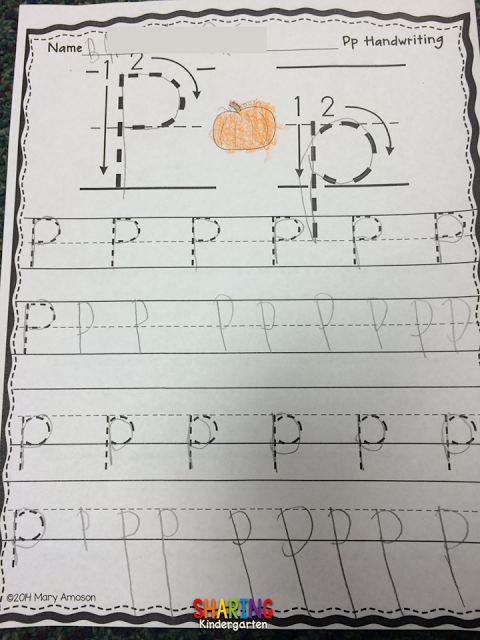
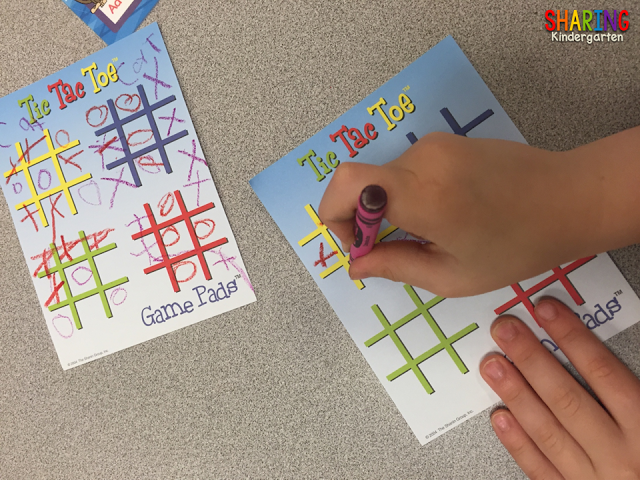
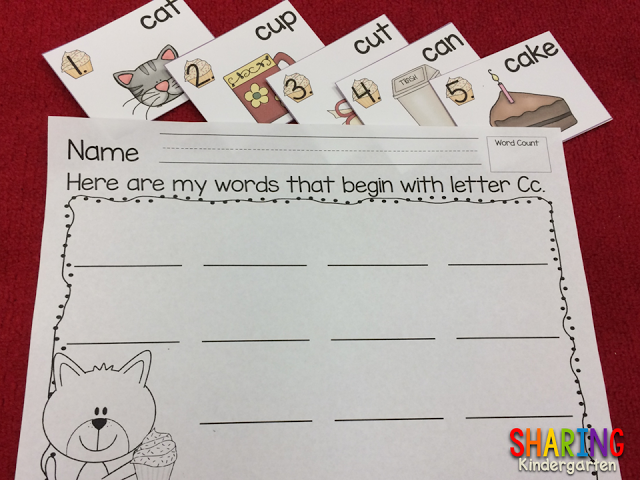
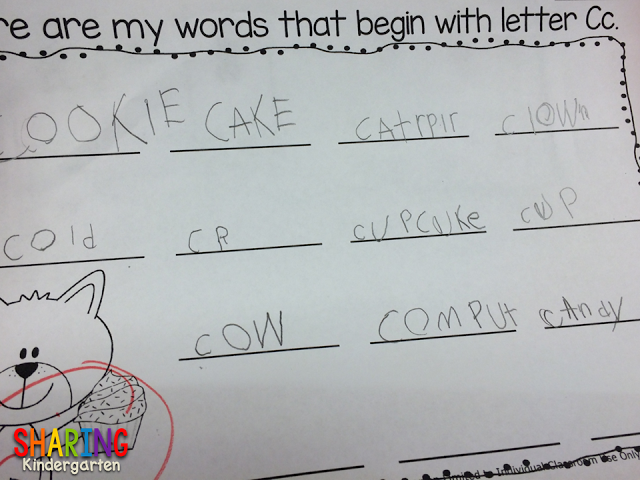
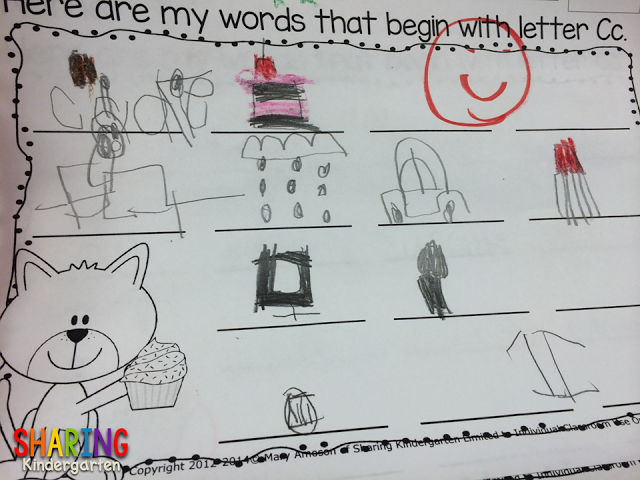
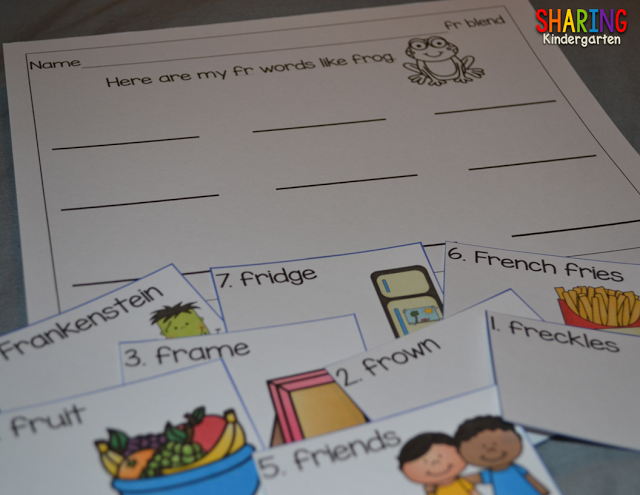
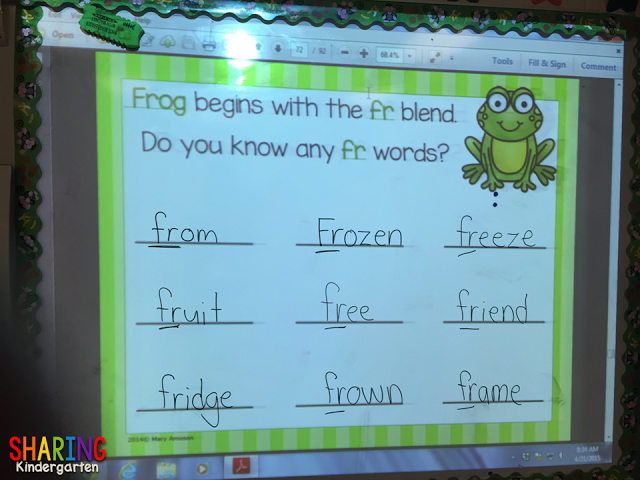
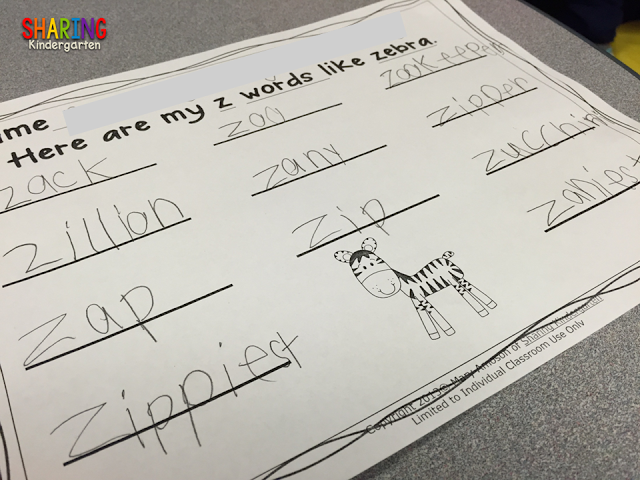
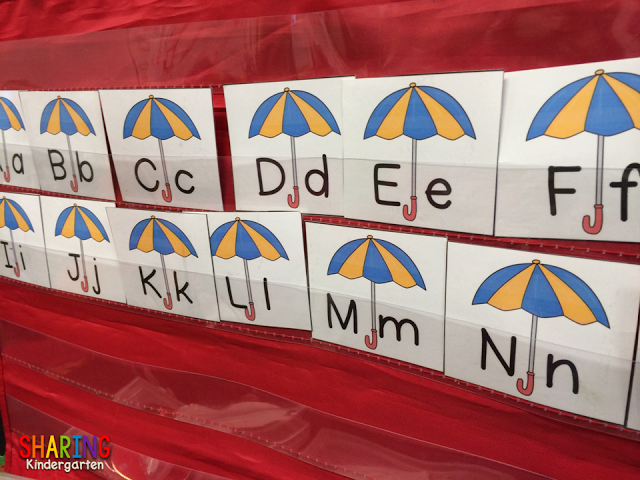
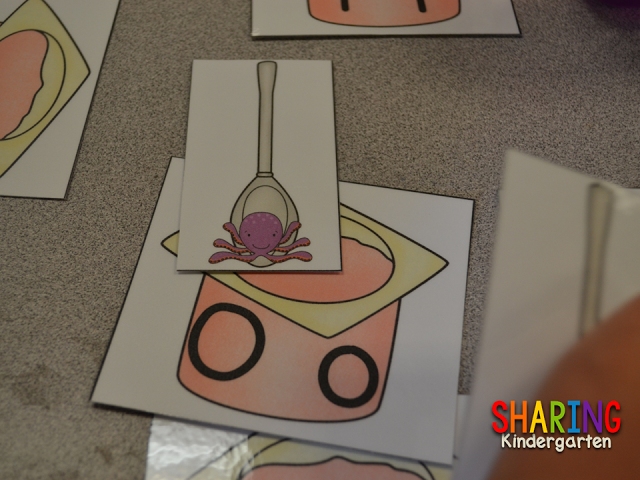
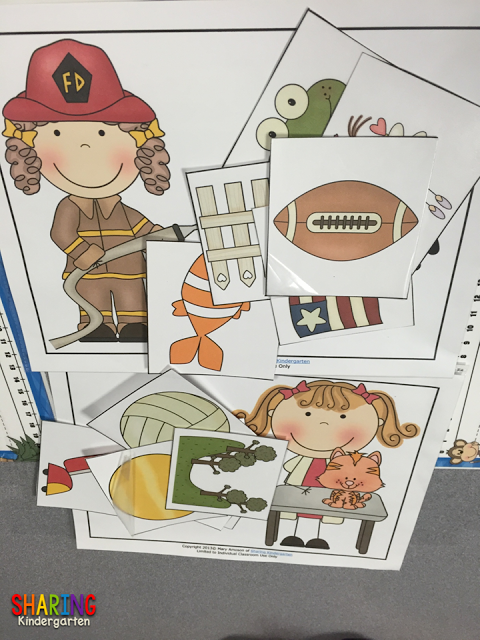
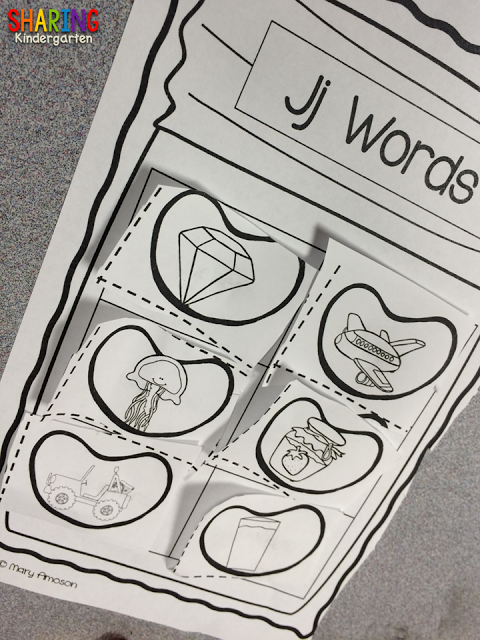
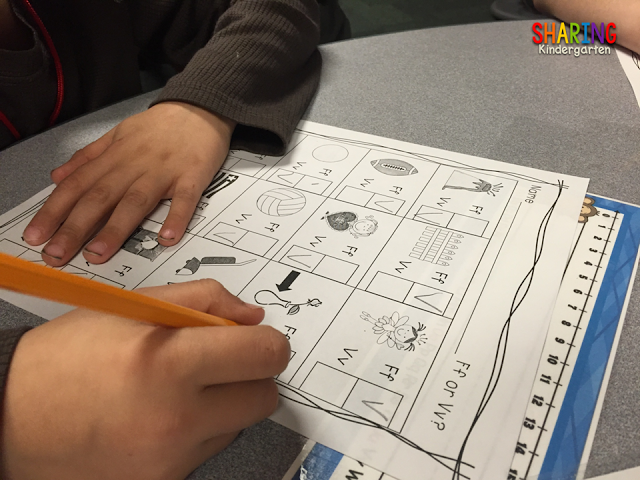
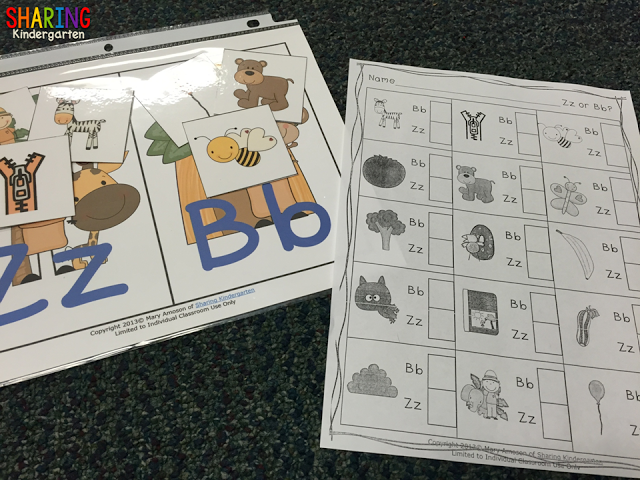
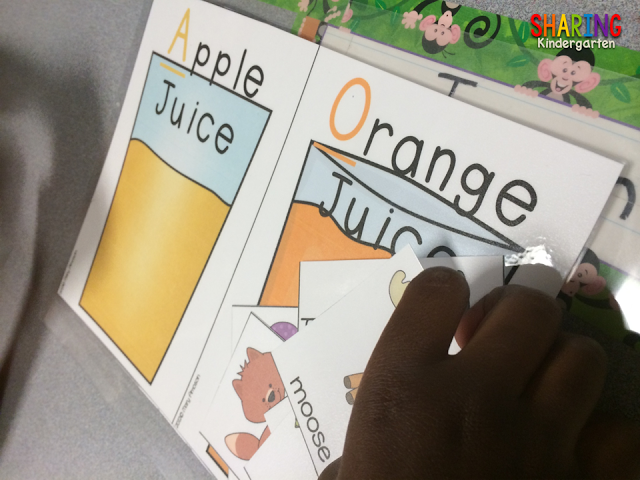
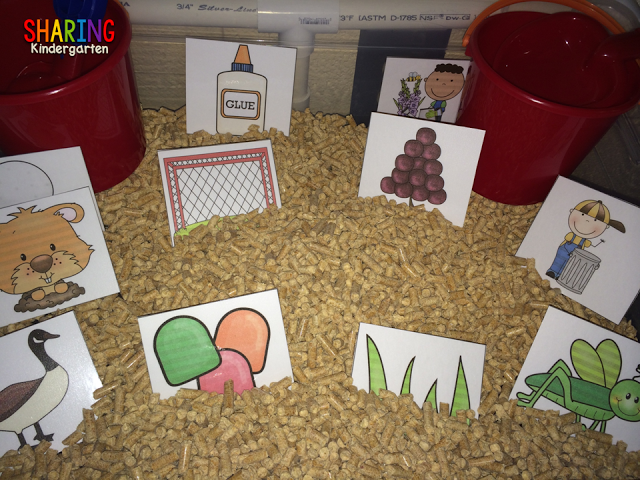
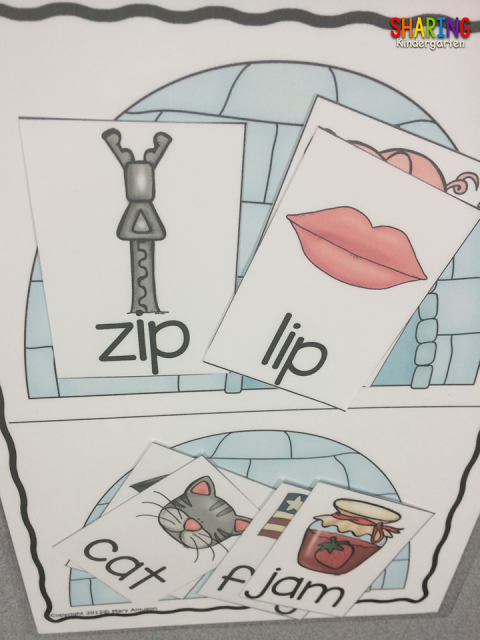
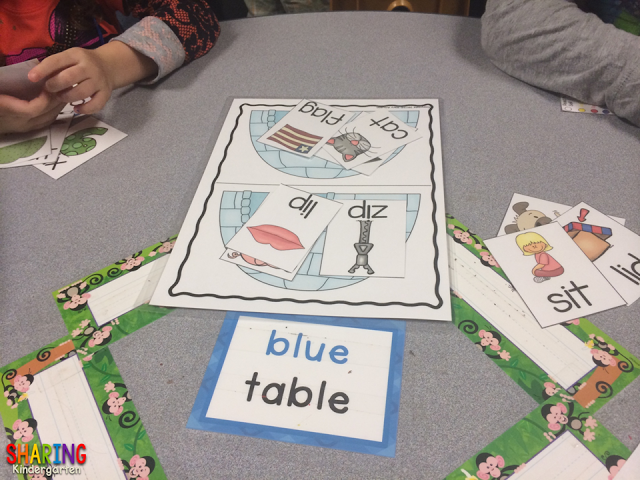
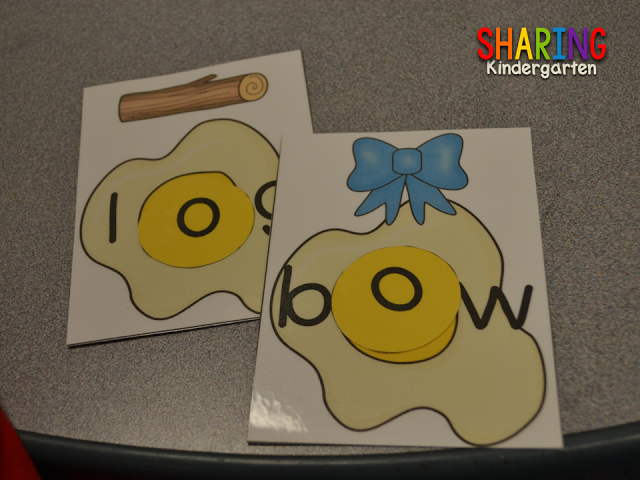
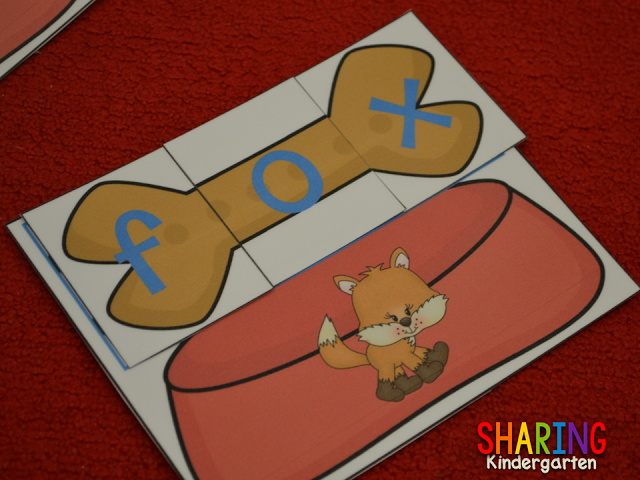
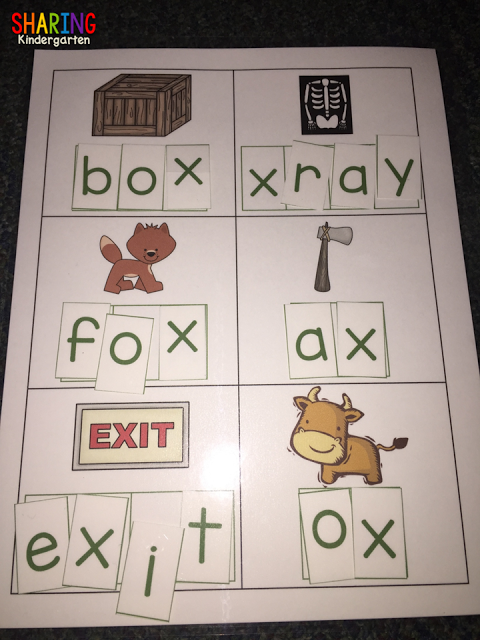
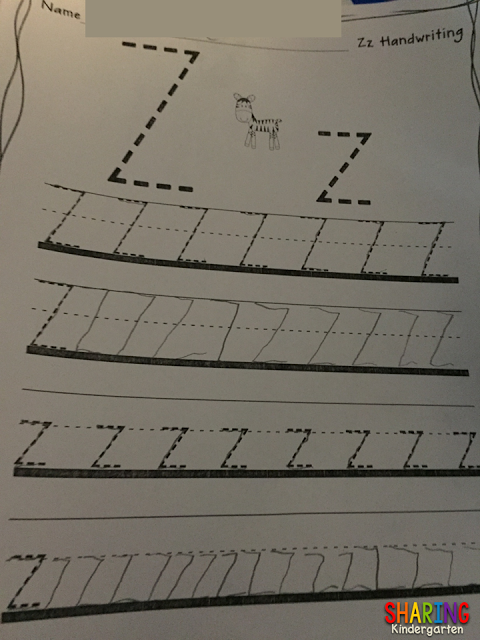
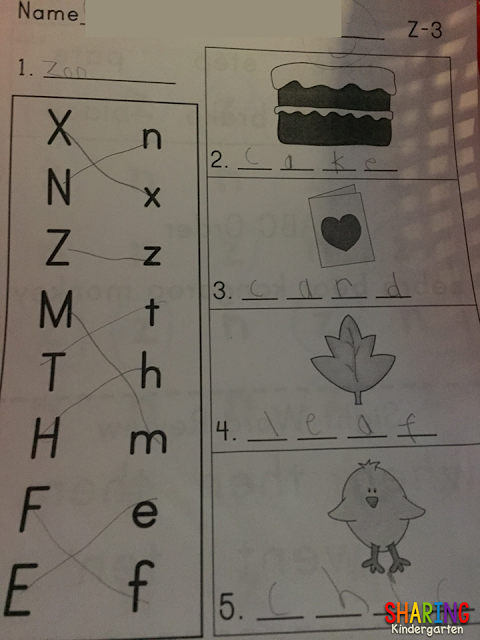
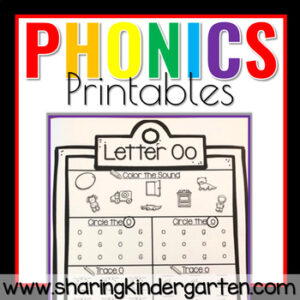
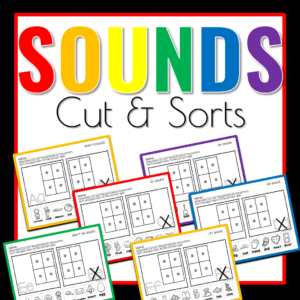
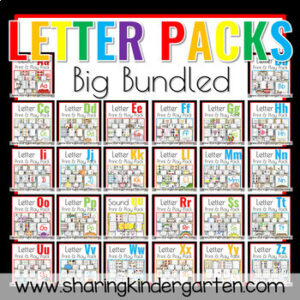
Leave a Reply